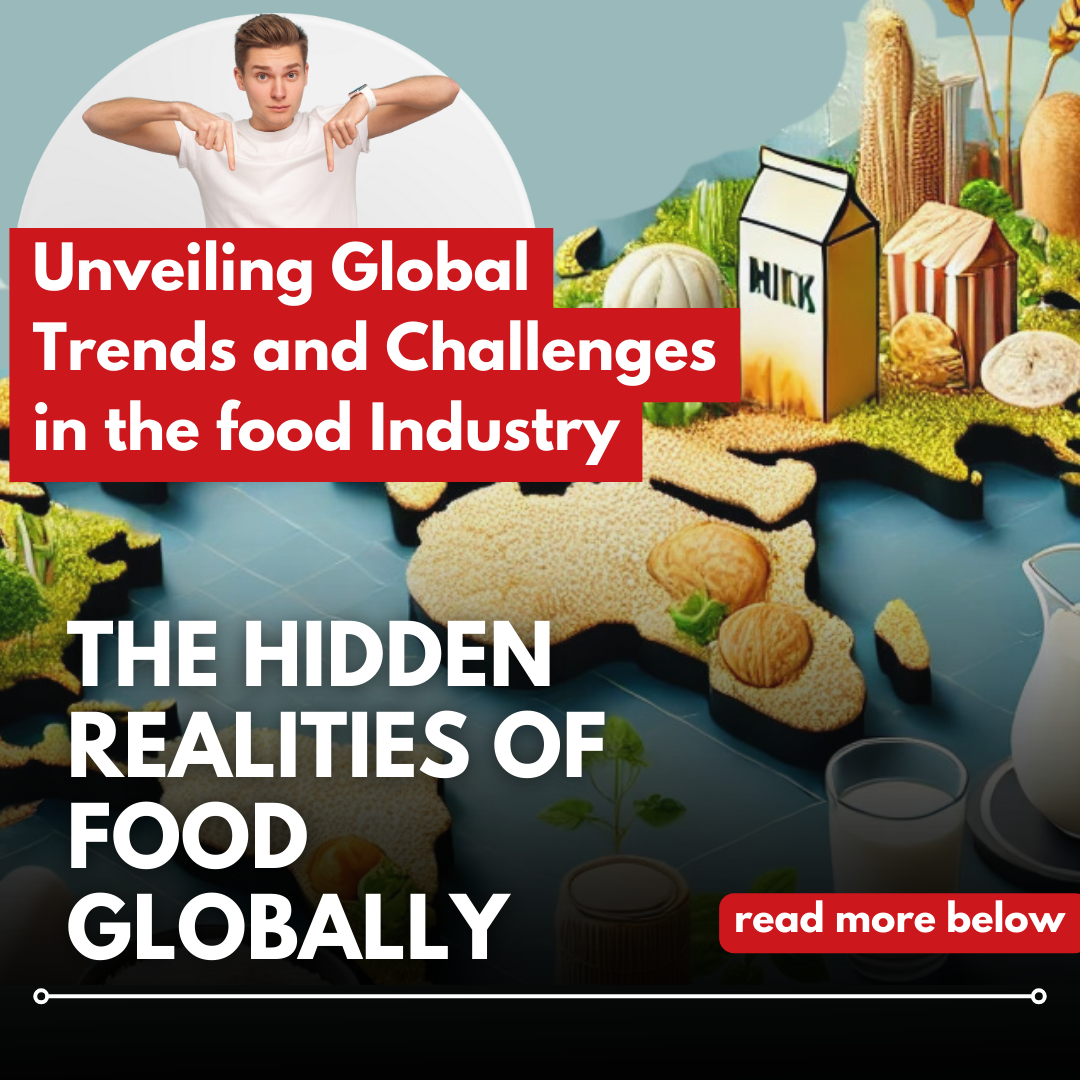
In a world where food serves as both a necessity and a celebration, the stories behind what we eat reveal profound insights into global cultures, economies, and pressing challenges. From monumental production statistics to the alarming realities of waste and hunger, the global food landscape is a complex interplay of abundance and disparity.
The Foundations of Food: Global Production Dominance
Wheat and rice stand as the cornerstones of human sustenance, collectively providing nearly 50% of the world’s caloric intake (https://www.fao.org). These staples dominate plates worldwide, with China alone contributing 28% of global rice production, followed closely by India (https://www.worldatlas.com/articles/leading-rice-producing-countries.html). Meanwhile, in the dairy sector, India leads as the world’s largest milk producer, accounting for over 22% of global output, a critical resource for nutrition in both developing and developed nations (https://www.fao.org/dairy-production).
Waste Amidst Abundance
The stark contradiction of global food waste and hunger underscores systemic inefficiencies. Annually, a staggering 1.3 billion tons of food go to waste—equivalent to nearly one-third of all food produced (https://www.unep.org/resources/report/food-waste-index-report-2021). High-income nations bear a significant portion of this waste, with 40% occurring at the retail and consumer levels, in contrast to production-stage losses in developing countries (https://www.fao.org/food-waste). Economically, this waste translates to an astronomical loss of approximately $1 trillion annually (https://www.worldbank.org/en/topic/agriculture/brief/food-loss-and-waste).
A Double-Edged Sword: Hunger and Obesity
Despite producing enough food to feed the global population, hunger remains an unyielding crisis. Around 828 million people faced undernourishment in 2021 due to conflict, poverty, and inequality (https://www.fao.org/publications/sofi). Tragically, hunger claims nearly 25,000 lives daily, including over 10,000 children (https://www.wfp.org/hunger). Conversely, over 650 million adults are classified as obese, highlighting glaring inequities in food access and consumption patterns (https://www.who.int/health-topics/obesity).
Cultural Nuances in Culinary Habits
Food is a mirror of cultural identity. Over 2 billion people consume insects as a sustainable protein source, showcasing an eco-friendly alternative to traditional livestock (https://www.fao.org/edible-insects). France takes the lead in cheese consumption, with an impressive 27 kilograms per capita annually (https://www.statista.com/statistics/527702/global-cheese-consumption-by-country/). Meanwhile, India’s spice dominance is unparalleled, producing over 75% of the world’s spices, a testament to its rich culinary heritage (https://www.indianspices.com/).
Innovations for a Sustainable Future
The food industry is undergoing a transformative shift toward sustainability. The plant-based market is projected to reach $162 billion by 2030, driven by consumer demand for healthier and eco-friendlier options. Plant-based diets not only promise reduced risks of chronic illnesses but also significantly lower greenhouse gas emissions compared to animal agriculture (https://www.bcg.com/publications/2021/the-future-of-plant-based-food). Similarly, vertical farming—expected to surpass $12 billion by 2025—is revolutionizing urban agriculture with innovative, resource-efficient methods (https://www.grandviewresearch.com/industry-analysis/vertical-farming-market). Sales of organic products, surpassing $120 billion globally, further underscore the growing preference for environmentally conscious choices (https://www.statista.com/topics/1047/organic-food/).
Lighthearted Food Facts
Even amid serious discussions, food offers moments of joy and wonder. Globally, around 5 billion pizzas are sold annually, cementing its position as a universal favorite (https://www.pmq.com/global-pizza-statistics/). Finland’s love for coffee is unmatched, with citizens consuming an average of 12 kilograms per capita annually (https://www.nationalgeographic.com/coffee-consumption-statistics). Meanwhile, Saudi Arabia holds the record for the world’s longest banquet table at 2,983 meters, serving over 3,000 guests in a feat of culinary celebration (https://www.guinnessworldrecords.com/).
The Road Ahead
The interplay between abundance and scarcity in global food systems highlights an urgent need for sustainable practices and equitable distribution. As societies navigate challenges like food waste, hunger, and environmental impact, understanding these trends can drive meaningful action. Food is more than sustenance; it is a bridge between cultures, a driver of economies, and a lens through which we can view global progress and disparity. Addressing these complexities is essential for building a future where everyone can share in the world’s bounty.
